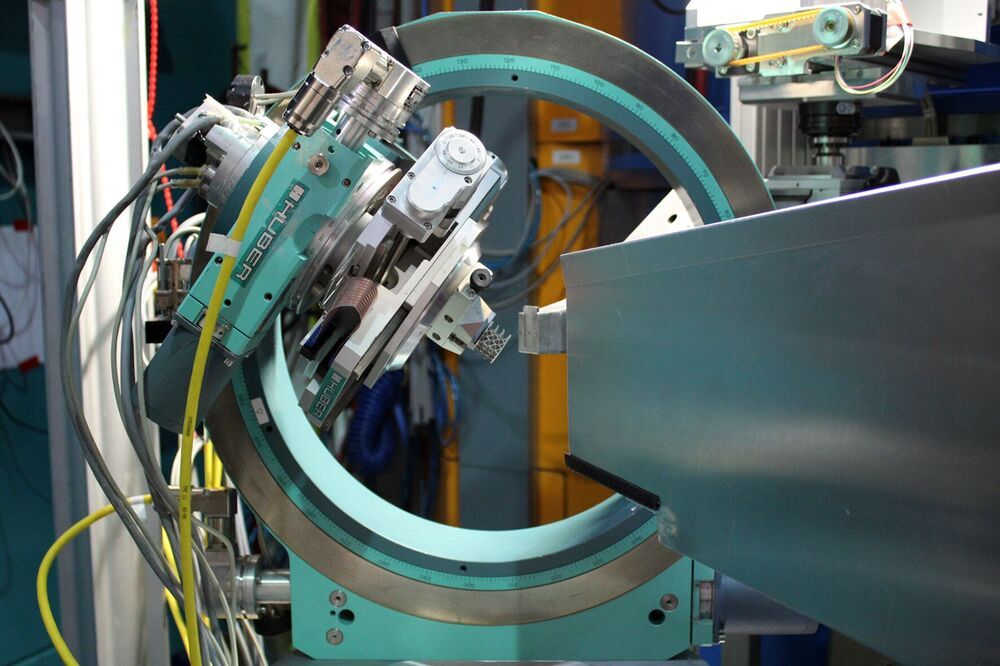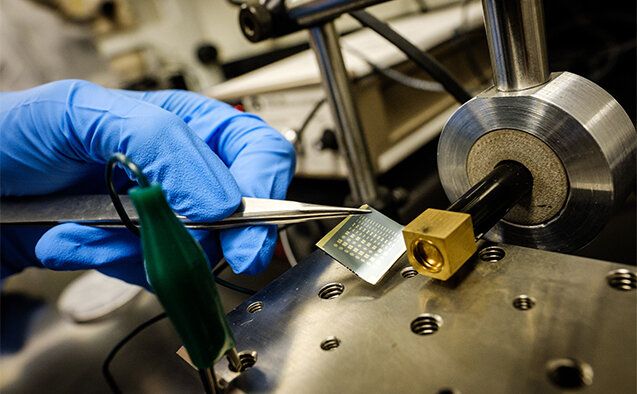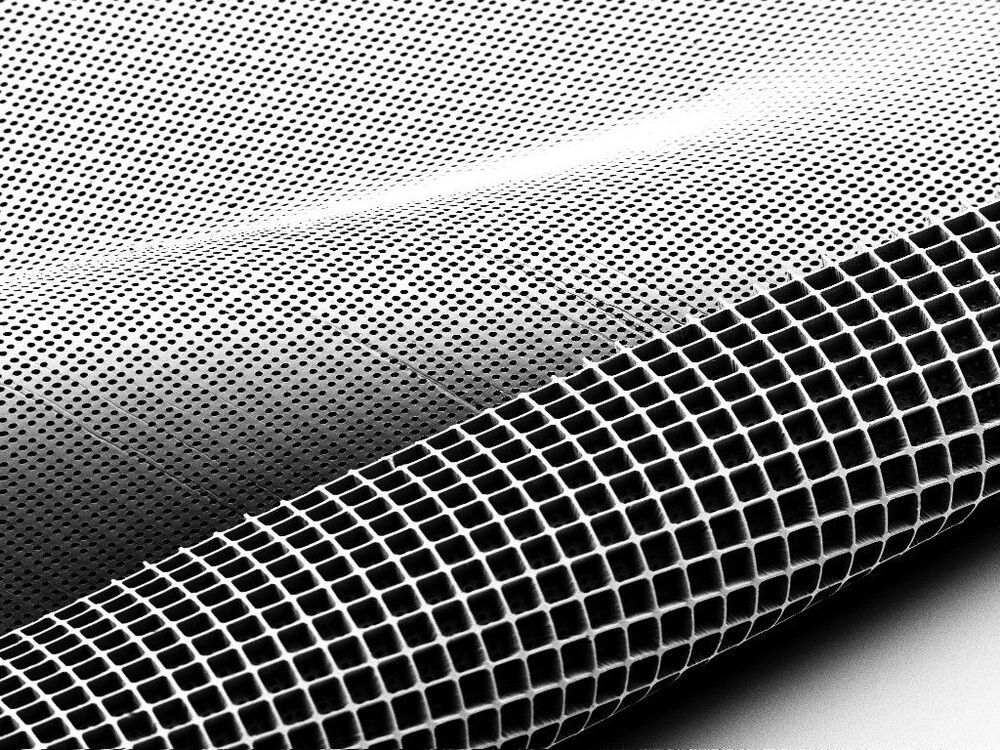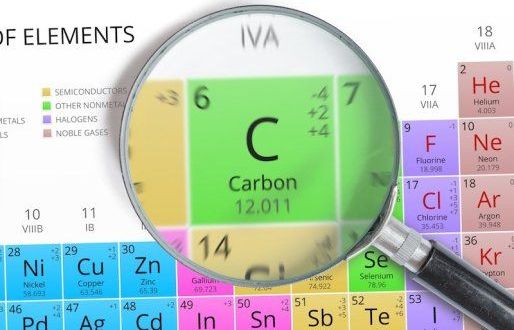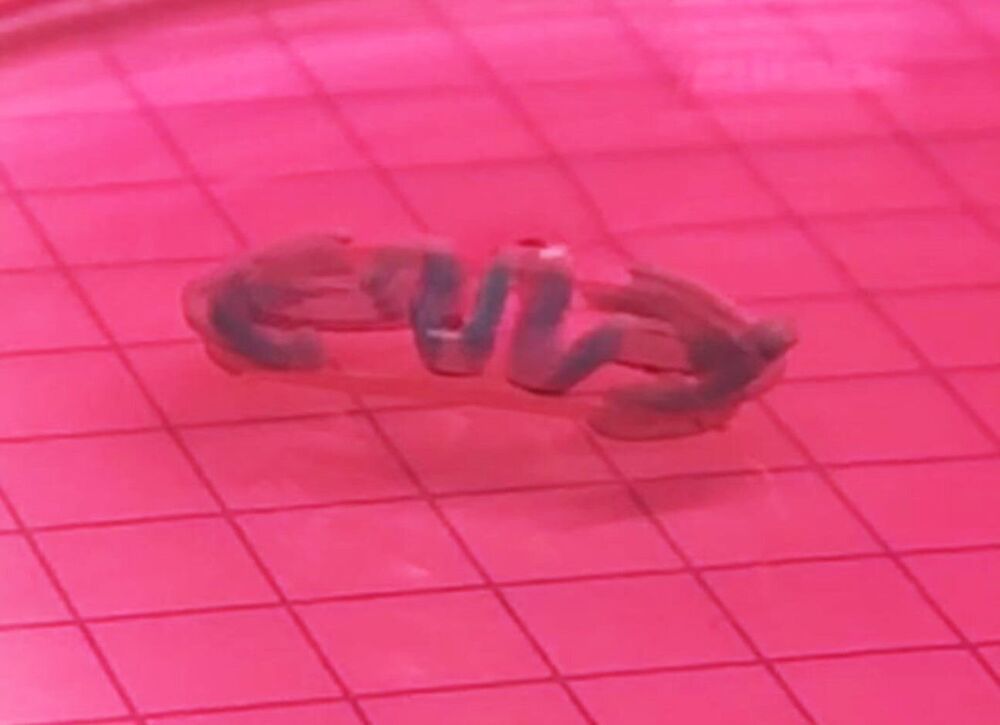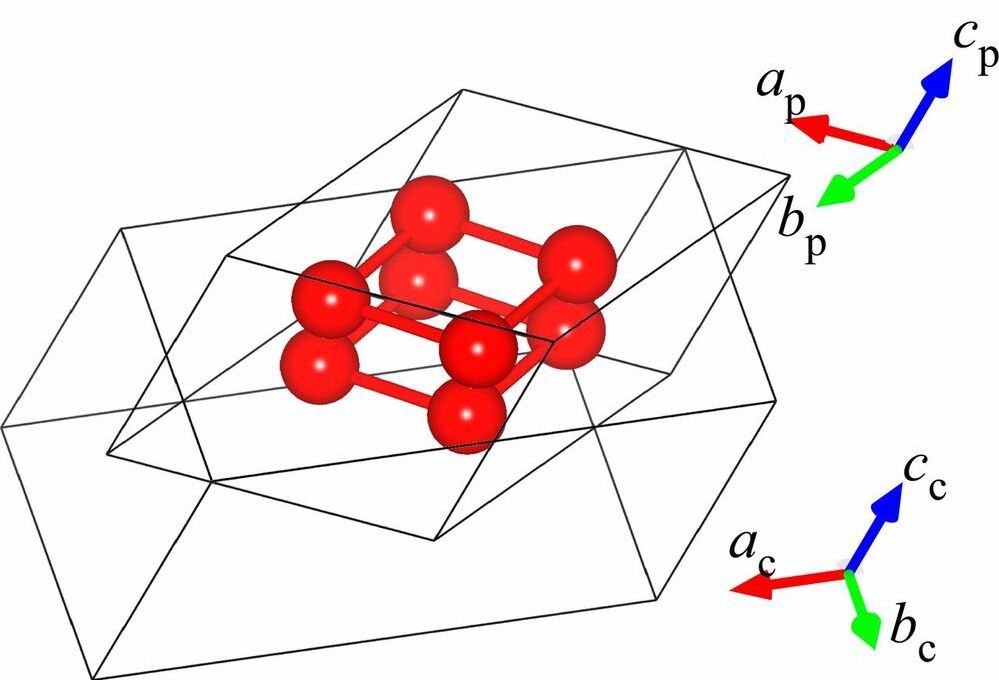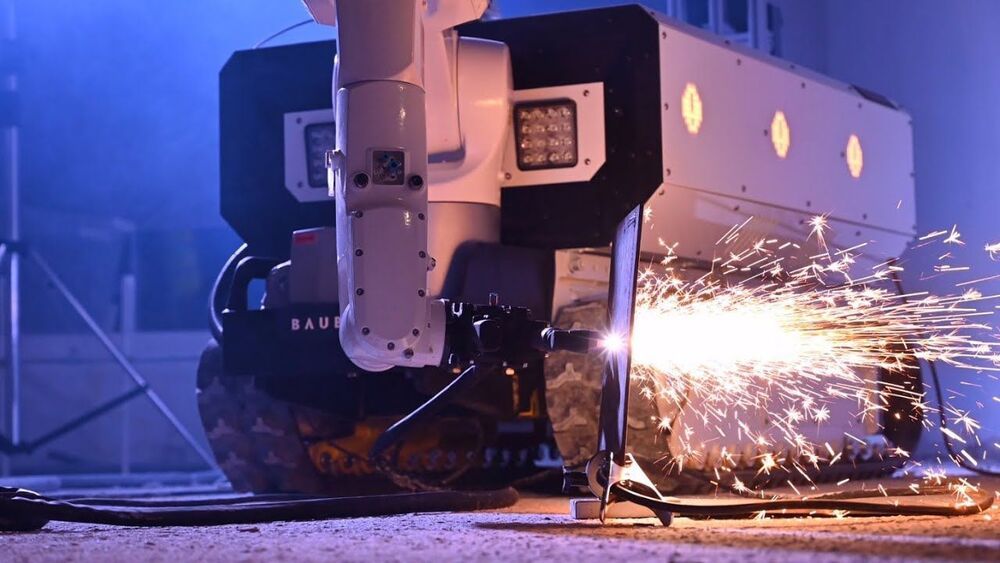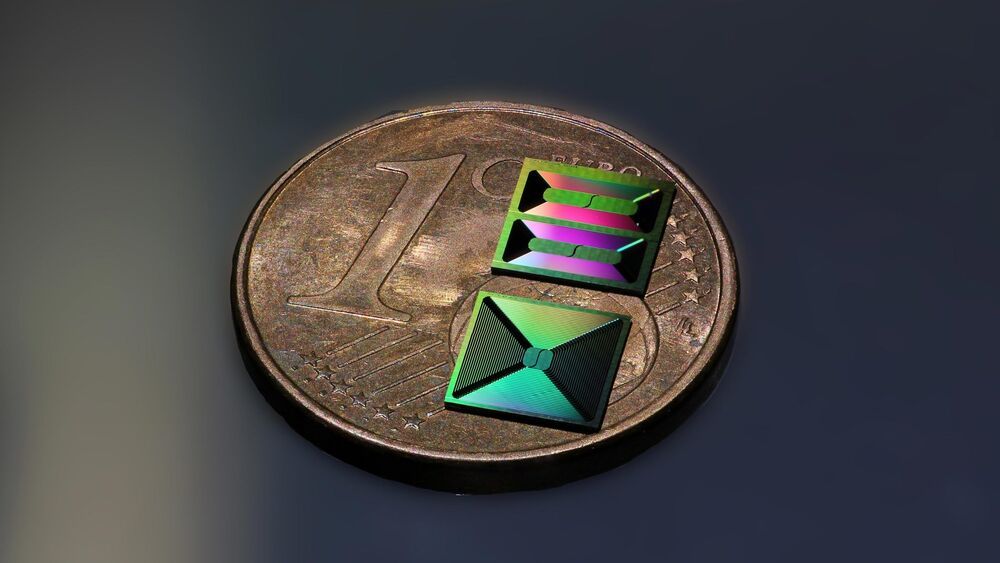
Encoding information into light, and transmitting it through optical fibers lies at the core of optical communications. With an incredibly low loss of 0.2 dB/km, optical fibers made from silica have laid the foundations of today’s global telecommunication networks and our information society.
Such ultralow optical loss is equally essential for integrated photonics, which enable the synthesis, processing and detection of optical signals using on-chip waveguides. Today, a number of innovative technologies are based on integrated photonics, including semiconductor lasers, modulators, and photodetectors, and are used extensively in data centers, communications, sensing and computing.
Integrated photonic chips are usually made from silicon that is abundant and has good optical properties. But silicon can’t do everything we need in integrated photonics, so new material platforms have emerged. One of these is silicon nitride (Si3N4), whose exceptionally low optical loss (orders of magnitude lower than that of silicon), has made it the material of choice for applications for which low loss is critical, such as narrow-linewidth lasers, photonic delay lines, and nonlinear photonics.

